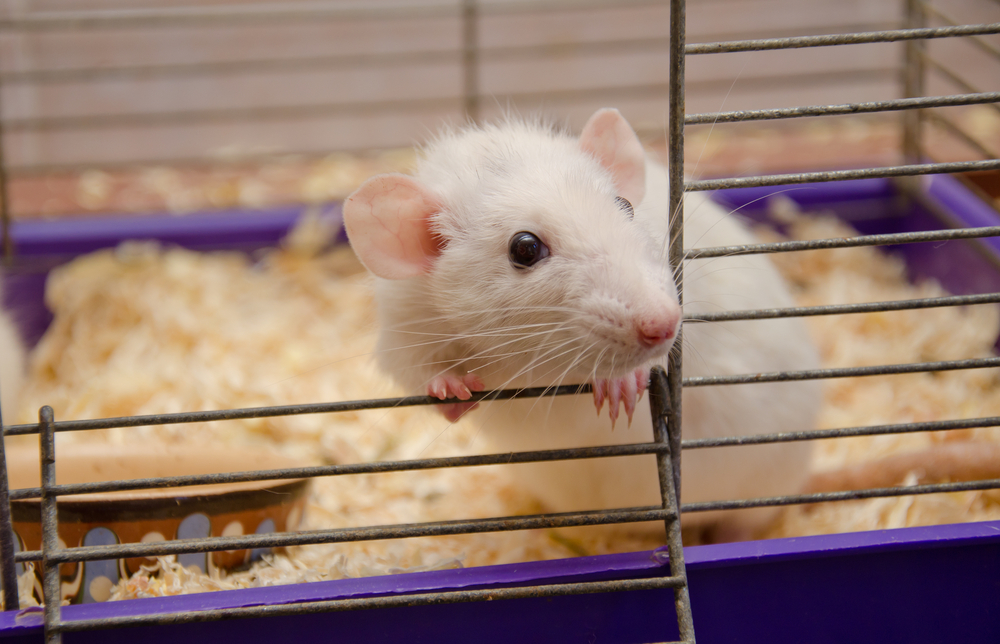AOX Enzyme May Alleviate Symptoms of Mitochondrial Disease, Mouse Study Shows

Researchers found an enzyme called alternative oxidase (AOX) that is able to bypass part of the mitochondrial respiratory chain (MRC) and alleviate symptoms of mitochondrial cardiomyopathy in a mouse model of the disease.
The study, “Alternative oxidase‐mediated respiration prevents lethal mitochondrial cardiomyopathy,” was published in EMBO Molecular Medicine.
As the most common type of genetic disorders that affect body metabolism, mitochondrial diseases can occur at any age and affect different organs, especially those that have higher energetic demands, such as the brain, heart, muscle, liver, and kidneys.
These disorders are caused by defects in the MRC, a chemical cascade comprising several proteins organized in five main complexes (CI-CV) that are responsible for energy production. Mutations in the mitochondrial gene BCS1L are one of the most common causes of complex III (CIII) deficiencies that impair the MRC, leading to a series of health issues in patients.
Previous studies have shown that plants and some lower animals, such as the sea squirt Ciona intestinalis, produce AOX, an enzyme that is able to maintain the MRC activity when the transition from CIII to CIV is blocked. For this reason, researchers proposed using AOX as a therapy for mitochondrial diseases in human patients.
In this study, researchers at the University of Helsinki set out to explore the potential therapeutic effect of AOX in a mouse model of mitochondrial disease.
They bred BCS1L mutant mice with those genetically engineered to produce the sea squirt enzyme. The pups that had two copies of mutated BCS1L and produced AOX were able to survive nearly three times longer (590 days) than mutant animals that were unable to produce AOX (210 days).
AOX production in mutant mice also completely prevented cardiomyopathy (heart disease), renal tubular atrophy, and cerebral astrogliosis (excessive production of astrocytes in the brain caused by neuronal destruction).
However, AOX failed to prevent animals from developing liver disease and lipodystrophy (where the body is unable to produce and maintain healthy fat tissue), and reaching a normal body size, suggesting that the molecular mechanisms underlying mitochondrial disease are different among various tissues and organs.
Analysis of cardiac mitochondria structure, respiration, gene expression, and metabolic changes were normal in animals producing AOX, which indicates that bypassing part of the MRC is sufficient to ensure heart metabolic demands are being met.
“Our findings represent the first proof‐of‐concept that RC [respiratory chain] bypass can alleviate pathological manifestations in a genetic mouse model of a human mitochondrial disorder. Therefore, as an enzyme that can potentially alleviate CIII or CIV blockade due to a wide variety of mutations, AOX is worth further preclinical investigations,” the researchers wrote.
“Our results urge the search for novel pharmacological bypass strategies potentially translatable to patients. Finally, the AOX transgenic mice provide an excellent tool to dissect the mechanisms underlying the wide variety of manifestations in mitochondrial disorders, the understanding of which is a prerequisite for the development of novel therapies,” they concluded.






